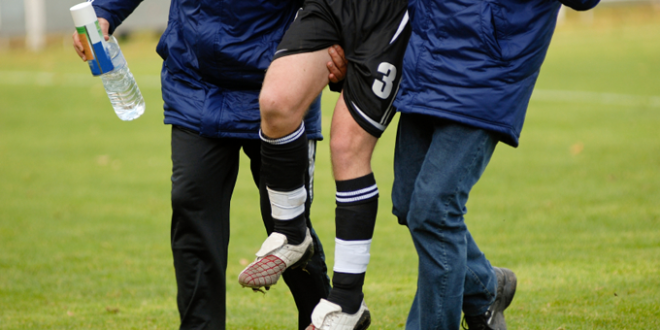2020 was a unique year, but despite the COVID-19 epidemic affecting our way of life, many schools are now open, and autumn sports have begun. In fact, going outside and moving through sports and physical activity is an excellent way to reduce some of the stress from the months that have passed. However, there are dangers associated with sports participation.
To keep healthy, it is essential to get sufficient rest, drink enough water, eat a diet that is balanced, warm up before games, and stretch. Unfortunately, accidents can still happen. The following orthopedic sports injuries should be watched out by you or a loved one whenever you hit a sports court or course. If you are injured in a sports injury, do not panic and contact Cumming hand & wrist medical services.
Common orthopedic sports injuries
1.Ankle sprains
When the joint of the ankle is twisted or extended too far in the wrong way, an ankle sprain can occur. Your bones’ tough bands, known as ligaments, may stretch excessively and potentially rip. This often happens when making a spin, landing after a jump, or playing on a bumpy surface. Swelling, bruising, soreness, and tenderness are examples of symptoms. You might not always be able to bear pressure on the foot. You should get your ankle checked by a doctor if this occurs or if it feels unstable or appears distorted in order to rule out an injury. The doctor could take an X-ray.
2.Groin strain
Exercise frequently results in groin strains, especially when you change directions fast. Actually, overstretching of the groin muscles causes damage. Your pelvis and thigh bone (the femur) are bound together by a group of muscles referred to as adductor muscles. They help you in drawing your legs together or towards your center of mass. The most typical cause of groin discomfort in adults is strain. Muscle spasms, edema, bruising, leg weakness, and trouble walking are possible symptoms.
3.Hamstring Injury
Running and exercise frequently end in hamstring injury. The muscle in the lower part of the thigh, the hamstrings, can become overstretched or overworked. The muscle can tear under various conditions. Your hamstring tendons can also get stretched or ruptured. A sharp ache in the middle of the thigh can indicate a hamstring strain. Some people experience a “pop.” Additionally, it could end up in swelling or bruising at the back of the thigh.
 Magazine Today
Magazine Today

